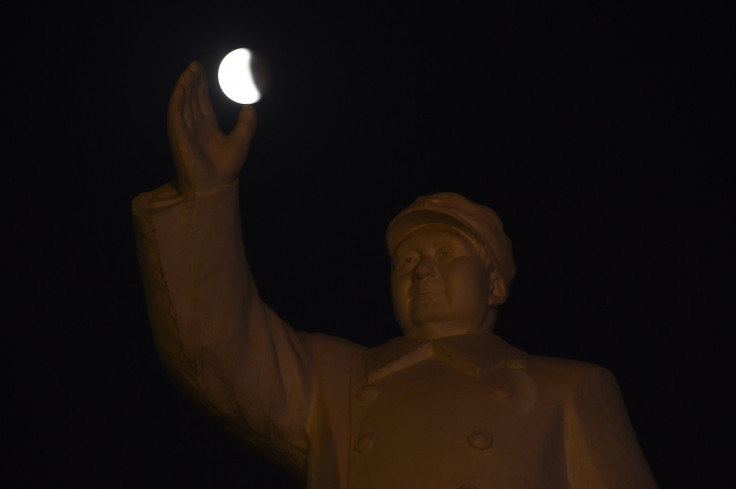China’s New Lunar Project To Build Base At The Moon

China, after its previous spaceflight projects, wants to land probes at the never-before explored surface of the Moon, anonymously called as “dark side." The Chinese National Space Administration, or CNSA, was reported to be setting up a lunar base at the far side of the Moon for its future space exploration and further solar system studies. The CNSA then bragged that their plan to place a space lander and rover on the far side of the Moon is a mission that no country has attempted before.
In the early 1970s, before China’s proposed space mission, Jack Schmitt, astronaut of Apollo 17, suggested for NASA to land the Apollo mission on the far side, the side behind moon's surface that faces the Earth, as it could provide data about the unexplored lunar surface, but the agency refused as it was too risky for a manned mission at the time. But today, no more than 40 years later after the mission, China is planning to achieve Schmitt's proposal.
The nation aims to become the first nation to land on the far side of the moon in 2018 or 2019, and build a base camp for astronauts on its surface. But CNSA said that the mission would be a stepping stone for having a manned lunar base on the surface in the future.
Since 2007, the CNSA has already placed probes in the moon's orbit, including Chang'e 1, named after the Chinese goddess of the Moon, then followed by the orbiter Chang'e 2 after three years and the lander Chang'e 3 in 2013 that brought the small rover, Yutu, to the moon, recorded as the first craft to make a soft-landing at the lunar surface since 1970. And the new lunar programme of China aims to land a rover on the far side to provide new data on the moon's geologic history.
China’s space administration sent a presentation to the United Nations Office for Outer Space Affairs in June, discussing the robotic mission. CNSA named the mission as Chang’e-4, successor to the Chang’e 3 mission, that will be launched in 2018 or 2019 with the relay satellite and the country's second lunar rover, according to the submitted presentation.
In the presentation, CNSA noted the key objective of the mission, to perform the “first soft-landing and exploration on the lunar far side in human history.” Hence, the European Space Agency, or ESA, may take part in the mission, but its role is not assured, according to a report.
Moon’s “dark side” had never been observed until the Soviet Union’s Luna 3 probe sent back images in 1959 wherein the mission was said to be crucial because the other side of our celestial neighbour never comes into view to Earth due to gravitational or tidal lock with our planet, according to CNSA. The relay satellite would serve as the primary medium of all communications between the Moon and the main headquarters on Earth.
Schmitt said that the crucial side of the moon would test the communication process for astronauts that will allow the further development to be used for future manned Mars missions. With this in mind, China proposed that the Chang’e 4 mission would serve as “experimental verification for a lunar base” that could give a clearer view of the universe.
In addition, there are also some features of interest on the far side, such as the South Pole-Aitken basin, a huge impact crater that may offer excavated lunar mantle. China suggests that the basin may serve as a “gateway space station” for manned missions further into the Solar System.
With the country’s previous lunar exploration projects and its future plans, China stated that the project is open for cooperating with other nations exploring the space, particularly with ESA for future lunar missions, as the latter has proposed building a “lunar village” recently. CNSA stated that China is hoping to be allowed to dock at the International Space Station, or ISS, in the future. But the US space policy prohibits the National Aeronautics and Space Administration, or NASA, from working with the China for any projects.
To contact the writer, email: darwinsamuelm.malicdem@gmail.com





















